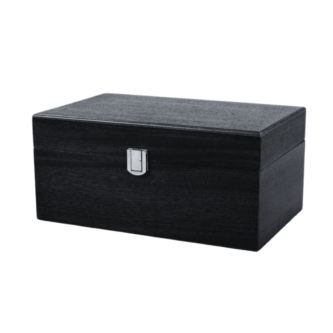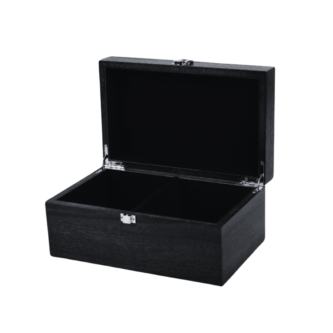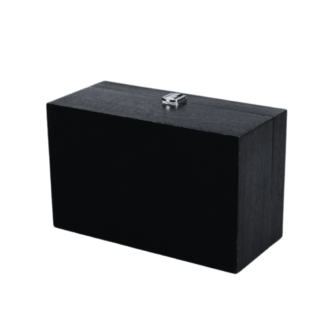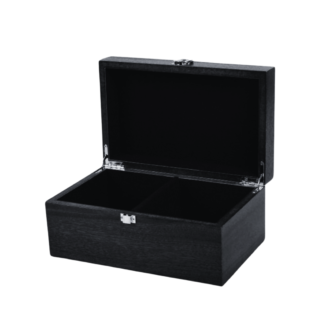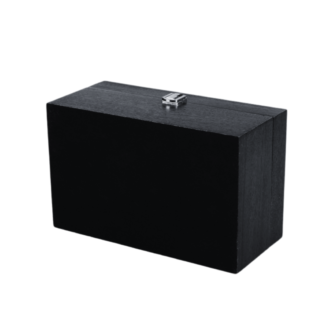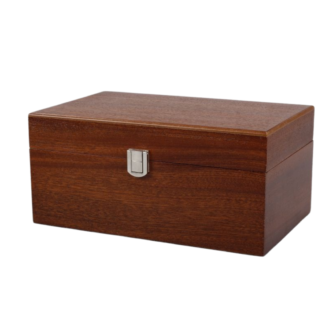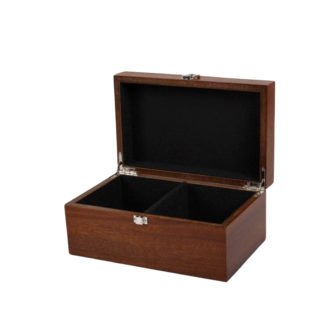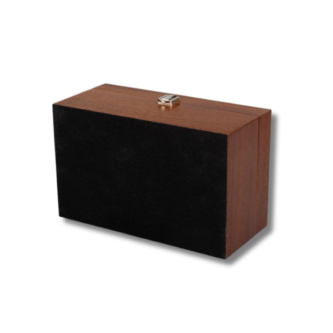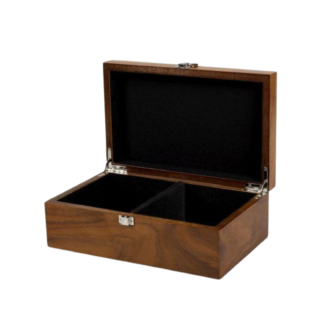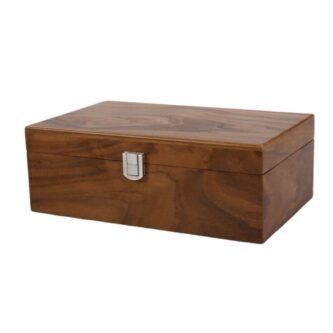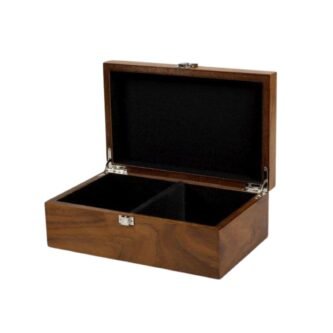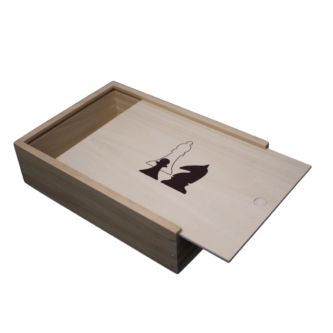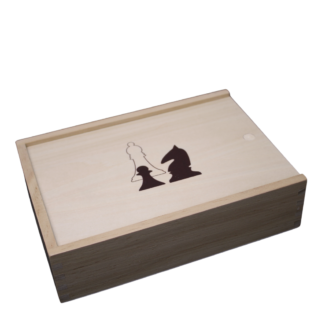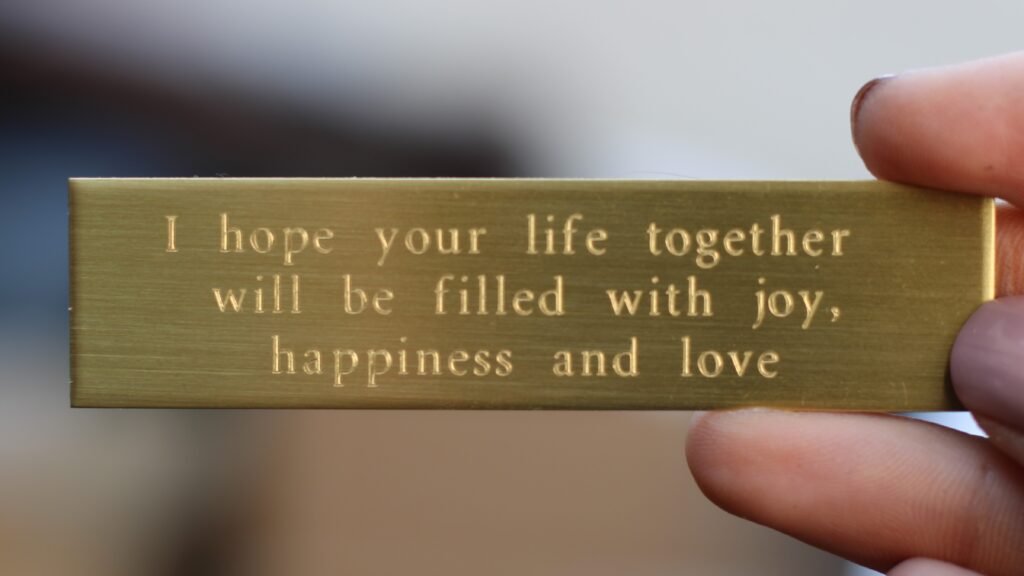Chess Box
The Significance of Proper Chess Box
Chess is more than just a pastime—it is a timeless game that has captivated minds for centuries. As players deepen their engagement with the game, they often build collections of boards and finely crafted chess pieces. With such cherished items in hand, the need for secure, elegant storage becomes evident. Proper storage not only protects these valuable components from wear and damage but also ensures quick and convenient access, making the experience of play seamless and more enjoyable.
A well-crafted chess storage solution does more than serve a practical purpose; it adds an element of beauty and sophistication to a player’s collection. It reflects the reverence with which enthusiasts regard the game and its paraphernalia.
Introducing Chess Boxes: Elegance Meets Utility
Chess boxes have emerged as the quintessential solution for storing and safeguarding chess sets. These purpose-designed containers, available in a range of sizes, materials, and finishes, are built to house either the full set—pieces and board—or just the pieces themselves. From classic wooden cases that exude traditional charm to sleek, modern options focused on portability and organisation, chess boxes are as varied as the players who use them.
Whether you’re a seasoned collector with multiple sets or a casual player seeking a durable, stylish case, there’s a chess box tailored to your needs.
What This Article Covers?
This guide explores the world of chess boxes in depth—why they matter, how they’ve evolved, and what options are best suited to various types of players. We will begin with a look at how chess storage has changed over time, from ornate historical chests to today’s compact, well-designed cases. The article then examines different categories of chess boxes, including:
Wooden chess boxes
Chess set boxes
Chess piece storage boxes
Each type will be described with its features, finishes (such as Walnut, Mahogany, and Black), and available sizes (including 3.75-inch and 4.25-inch options).
We will also explore specialised storage options such as large chess boxes for oversized pieces and Staunton chess boxes, designed specifically to complement the traditional Staunton set.
In addition, you’ll find practical advice for matching your chess box with your board, as well as maintenance tips to ensure your storage box remains in excellent condition for years to come.
The Evolution of Chess Boxes
A Brief History of Chess Storage
Historically, chess sets were revered as prized possessions, often owned by royalty, scholars, and the elite. As such, the means by which they were stored reflected their status. In ancient times, chess pieces were frequently kept in elaborately designed containers made of luxurious materials—ivory, ebony, or even gold. These boxes did more than just hold pieces; they symbolised prestige and intellectual refinement.
In medieval Europe, the game grew in popularity, and ornate wooden boxes featuring detailed carvings became common. These chests served dual purposes: practical storage and artistic expression, echoing the cultural and aesthetic values of their time.
From Tradition to Modern Design
The 19th century’s industrial revolution brought changes not only to how products were made but also to what was accessible. Handcrafted wooden boxes gradually gave way to mass-produced options, including simple cardboard packaging. These designs were more affordable and suited to a growing population of everyday players.
By the 20th century, plastic entered the scene as a lightweight, durable, and cost-effective material. It quickly became popular for casual use and club settings.
More recently, there has been a renewed appreciation for craftsmanship in the chess community. Artisans have revived the tradition of crafting fine wooden chess boxes, now available in polished Walnut, deep Mahogany, or sleek Black finishes. These modern boxes blend the charm of traditional woodworking with the functionality demanded by today’s players.
Innovations also include chess boxes tailored for portability and protection—especially valuable for travel or competitive play. Some feature foam inserts or padded interiors, ensuring pieces remain secure and undamaged during transport.
As technology advances, the future may even bring digital enhancements—like temperature-controlled storage or smart tracking features—to the chess box landscape.
Types of Chess Boxes
Wooden Chess Boxes: Traditional Craftsmanship
Wooden chess boxes remain a favourite among enthusiasts who appreciate fine craftsmanship and natural materials. These boxes strike a perfect balance between form and function, offering both protection and a visually pleasing aesthetic.
Elegance and timeless appeal: Wooden chess boxes speak to the history and prestige of the game. Whether featuring smooth, polished finishes or carved decorative details, they lend an air of sophistication to any chess set.
Design variety and wood types: Options range from minimalist to highly decorative, often available in finishes such as:
Walnut – a rich, warm tone perfect for traditional settings
Mahogany – reddish-brown hues for a touch of grandeur
Black – sleek and modern, suitable for contemporary tastes
Size options:
3.75 Inch and 4.25 Inch are the most common sizes, chosen to accommodate standard and tournament-size chess pieces.
Chess Set Boxes: Complete and Convenient
Chess set boxes are a practical all-in-one solution. Designed to store both the board and the pieces, they’re ideal for players who value convenience and mobility.
Integrated storage: These boxes typically include a compartment for the chessboard and fitted sections for each individual piece, ensuring everything remains in place.
Great for on-the-go play: Lightweight and easily portable, chess set boxes are perfect for travel, park games, or club use.
Stylish choices: Like wooden chess boxes, set boxes come in Walnut, Mahogany, and Black, offering both elegance and durability.
Standard sizes: Typically available in 3.75 Inch and 4.25 Inch variants to suit a wide range of sets.
Chess Piece Storage Boxes: Practical Organisation
For those with multiple chess sets or special tournament pieces, individual storage is often the most effective.
Segmentation and protection: These boxes feature divided trays or foam-lined compartments, each tailored to a specific piece. This prevents damage from pieces knocking into one another and keeps sets neatly separated.
Fast access and setup: With a dedicated space for each piece, players can quickly prepare for a game without rummaging or sorting.
Classic finishes: Walnut, Mahogany, and Black remain the most popular finishes, offering a polished appearance alongside practical utility.
Available sizes: Typically 3.75 Inch and 4.25 Inch, corresponding to the height of the king in a standard chess set. Warping, swelling, or mould growth, especially in wooden chess boxes. To prevent this, always store your chess box in a cool, dry environment. Consider using silica gel packets inside the box to absorb any excess humidity.


